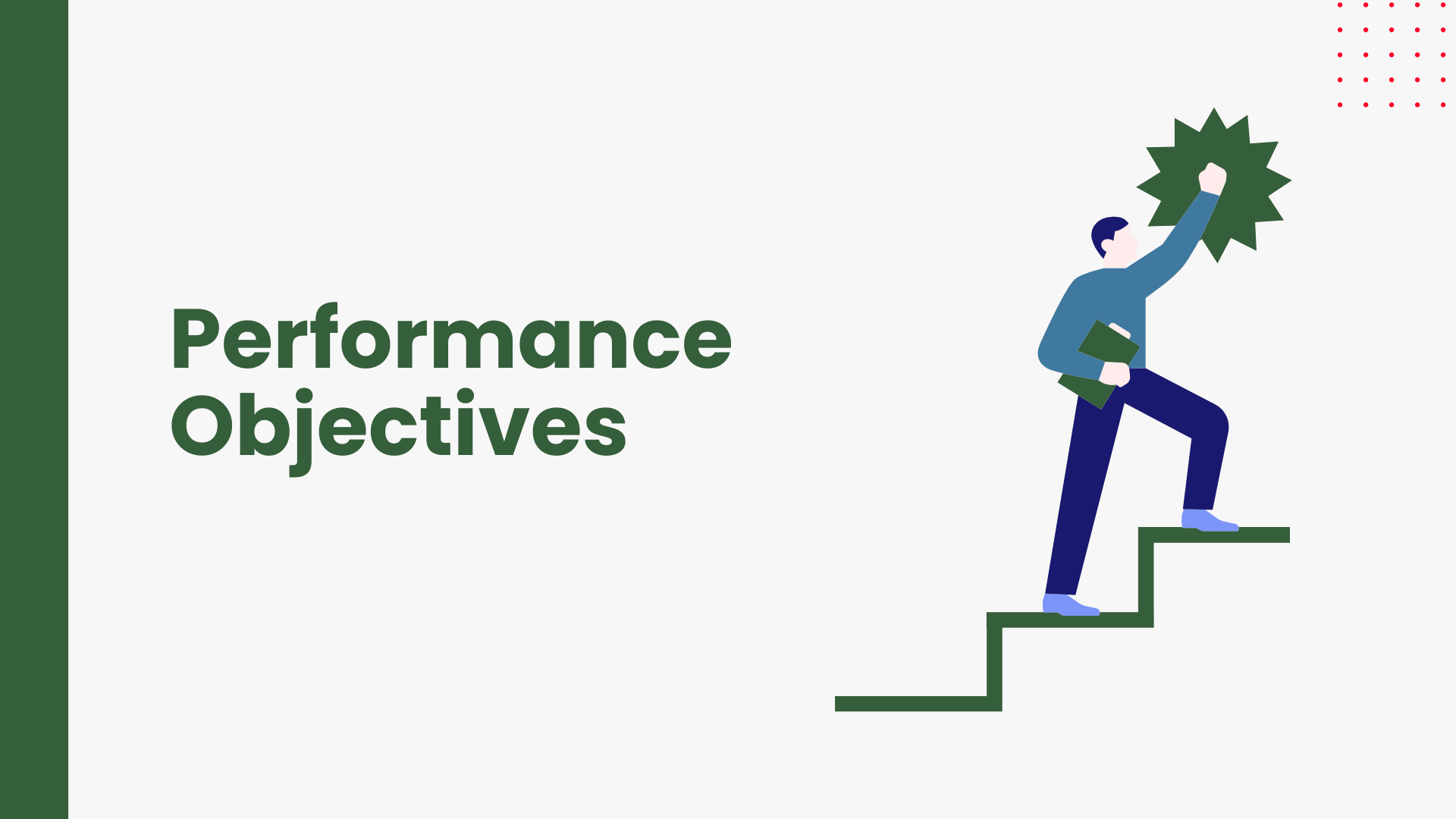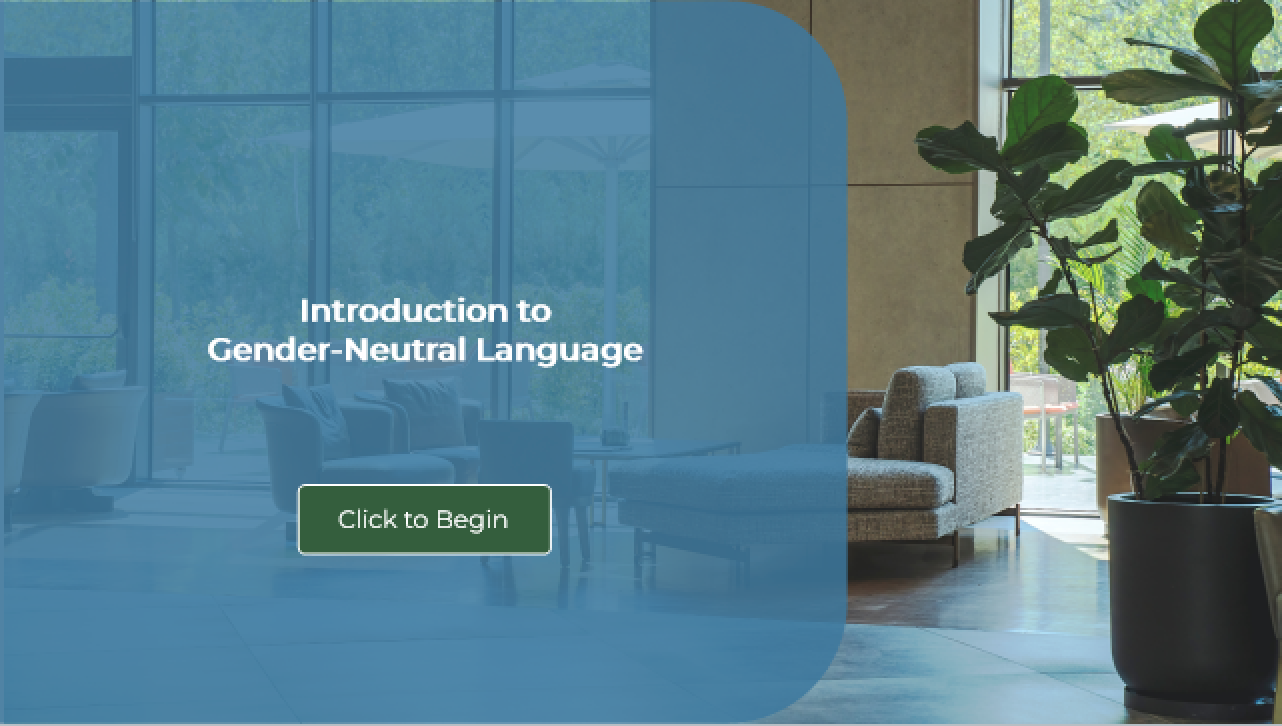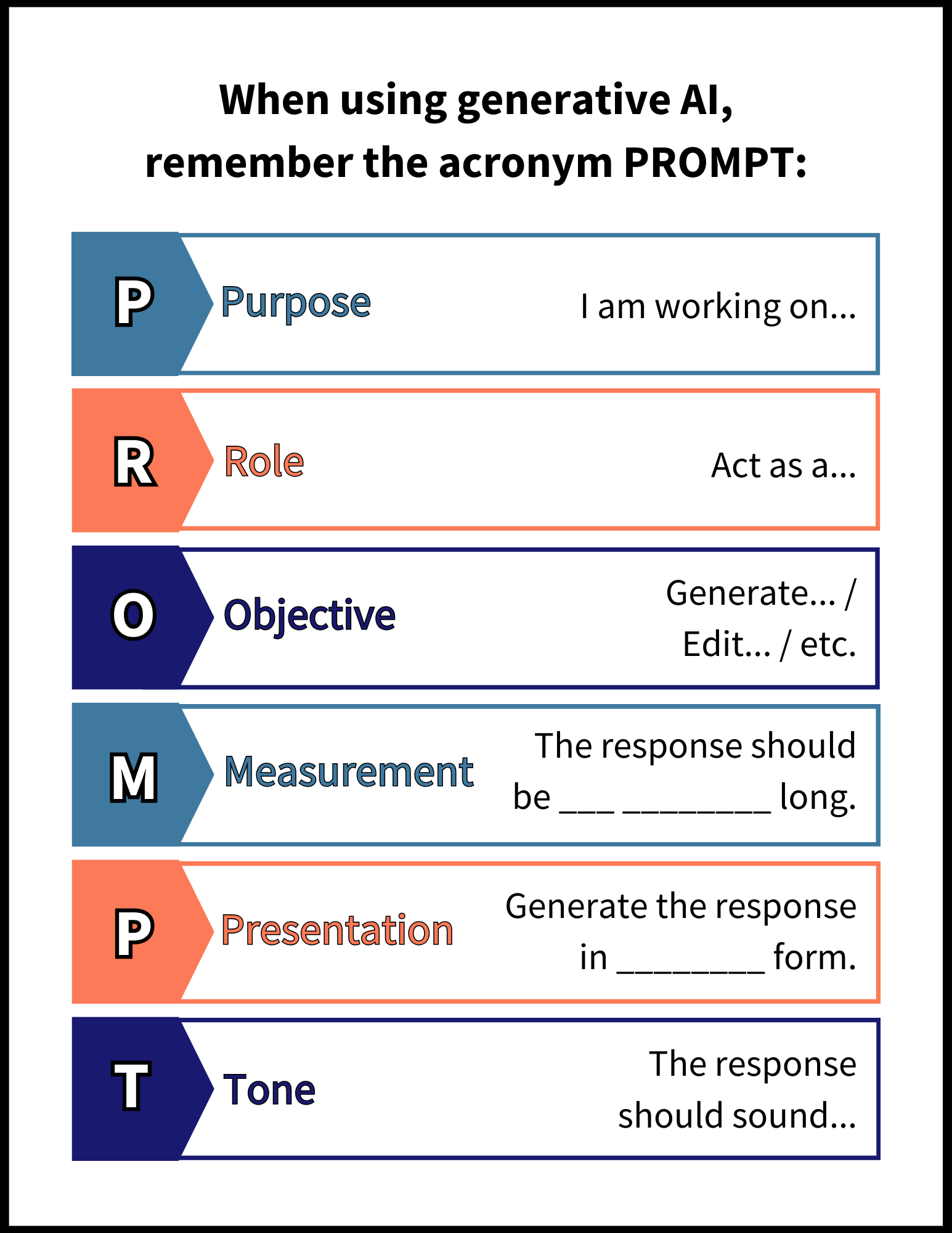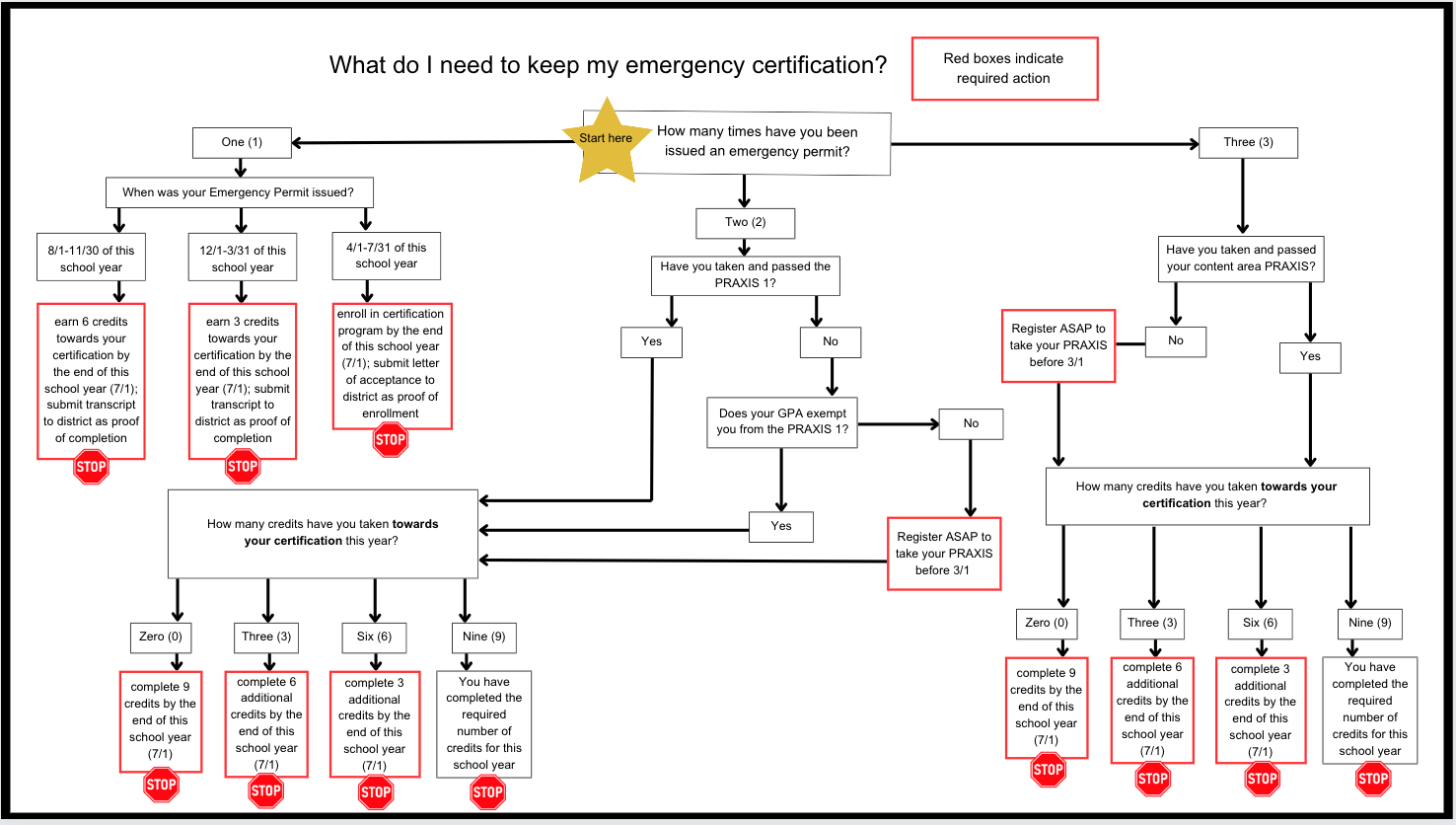eLearning and Training
Coffee Training Course
Project Role: Team leader
Target Audience: Coffee enthusiasts and industry professionals
Problem Solved: This course addresses the absence of formal, asynchronous education on sensory evaluation, coffee cupping, and other standard coffee procedures while educating learners about sustainable practices
Learner Goals: Acquire expert-level skills in coffee cupping, sensory analysis, and other operating procedures
Tools Used: Adobe, Articulate Storyline, Canva, Learndash, Play.ht, Synthesia, Vimeo
Web-Based Training: GayBINGO Volunteer Training Video (Clip)
Project Role: Designer and Developer
Target Audience: Volunteers ranging in age from 18 to 70+.
Opportunity: AIDS Fund, a non-profit with three full-time employees, has been holding monthly GayBINGO events for over 25 years. Currently, all volunteer training is done in person on the day of the event; volunteers arrive five hours early for this training. Shorter, more efficient training may make people more likely to volunteer.
Challenges:
Stakeholders feared an online training would be boring and unable to capture the lively nature of the event. They were concerned such a video could dissuade people from volunteering.
Stakeholders explicitly asked for no knowledge checks, assessments, etc.
There was a lot of content.
Not all volunteers have previously attended GayBINGO, so the training had to provide an overview of the event.
Volunteers don’t receive roles in advance, so the training had to touch on every volunteer role.
The volunteers range in age and technical ability.
Project Strengths:
Incorporates images and videos that illustrate the spirit of GayBINGO.
Is designed so volunteers can capture most information needed for any volunteer role in one or two screenshots.
Condenses information into a 6-7 minute video without sacrificing clarity.
From Theory to Practice: Leveraging Neuroscience-Informed, Culturally Responsive Strategies for Student Success
Project Role: Team leader
Target Audience: Secondary educators and other school professionals
Problem Solved: Many educators did not have effective strategies to meaningfully integrate students' cultures, languages, and life experiences into the educational content and classroom practices. This issue impeded students' ability to relate to the material and affected their comfort and success.
Learner Goals:
Foster learning environments that align with neuroscience principles that support the cognitive and emotional well-being of students.
Employ culturally responsive teaching strategies to enhance the relevance and engagement of the learning experience.
Create equitable and accessible instructional materials that cater to the diverse backgrounds and abilities of all students.
Tools Used: Apple iMovie, Canva, Google Docs, Google Sheets, Jamboard, Loom, Miro, Poll Everywhere, SurveyMonkey
Performance Objectives and Backwards Planning
Project Role: Creator and Facilitator
Target Audience: Secondary educators and other school professionals
Problem Solved: Many educators were designing lesson plans that prioritized easy, low-level learning objectives. The resulting lessons failed to engage students intellectually, stifled their critical thinking, and limited opportunities for deeper understanding and application of knowledge.
Learner Goals: Integrate challenging, high-order thinking performance objectives into the curriculum, stimulating intellectual curiosity, encouraging critical thinking, and encouraging students to apply their knowledge in complex, real-world contexts.
Tools Used: Canva
Microlearning
Embracing Inclusivity: Mastering Gender-Neutral and LGBTQIA+-Affirming Communication
Project Role: Instructional designer
Target Audience: Content creators who want to learn to use gender-neutral and LGBTQIA+-affirming language
Problem Solved: Content creators face the challenge of integrating inclusive language into their work to avoid alienating, offending, or discouraging learners due to a lack of clear guidance on effective implementation
Learner Goals: Effectively use gender-neutral and LGBTQIA+-affirming language to create content that is inclusive, respectful, and accessible to diverse audiences.
Tools Used: Articulate Storyline, Canva
Job Aids
These infographics were created to help the instructional designers on my team at 24/7 Teach. The goal was to provide a quick reference that people could use to craft thorough, effective prompts for ChatGPT and other generative AI tools.
Checklists for Inclusive AI Image Generation
These checklists are designed to a) assist content creators in creating inclusive AI-generated images and b) help content creators evaluate the inclusivity of representation within AI-generated content. By systematically reviewing each aspect of the prompt and the content against the criteria outlined in the checklists, creators can identify areas of improvement and make informed decisions to enhance representation.
This flowchart was created to help educators working under emergency permits for the 2022-2023 academic year. The goal was to provide a reference that people could use to determine what steps they had to take to maintain an active emergency permit. .
“The way [Katie] structure[s] instruction cultivates curiosity and clarity…[She was] so flexible and adaptive with the material.”
Melissa









